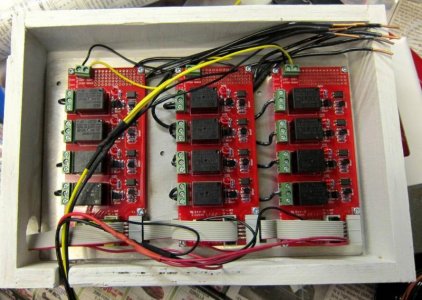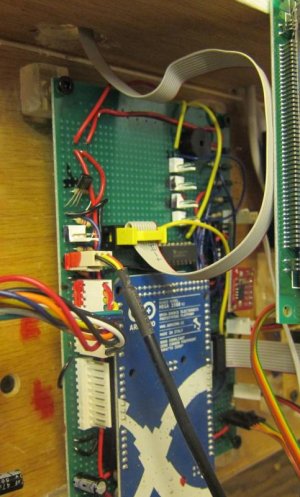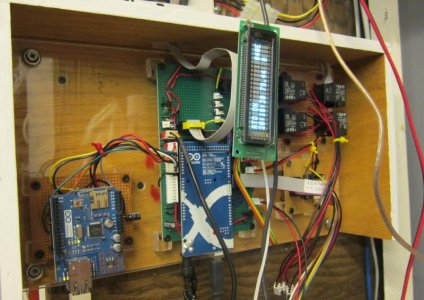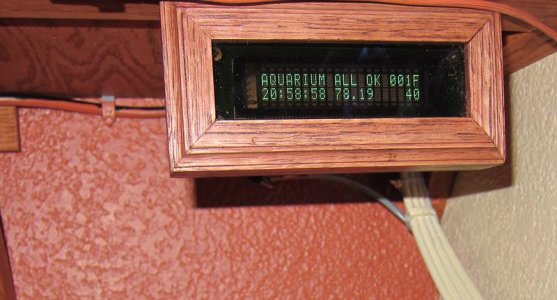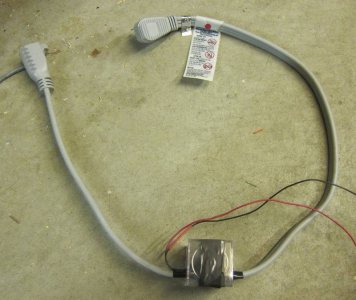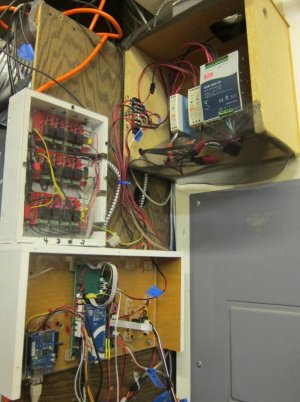waverz
Slave to the reef!
Quite a school project! Best of luck.
If you have some big problems, feel free to post.
Although since it is a school project, I guess you can't really ask
for code too much.
LOL, it's a community college. Anything goes! :celeb1:

